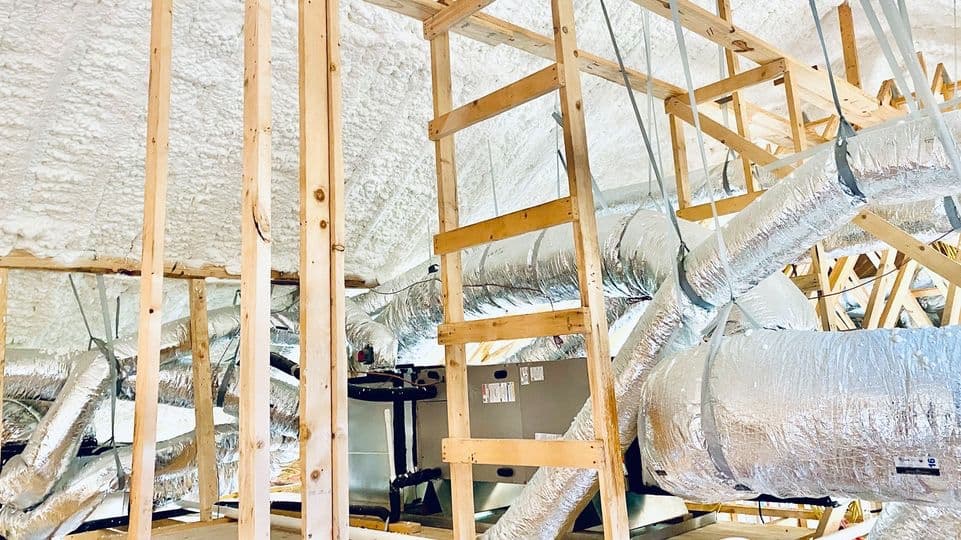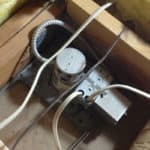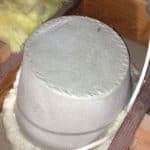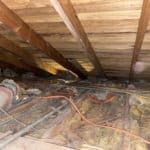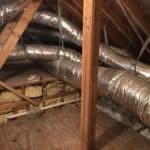Receiving high energy bills has happened to many of us at one point or another, and it’s never a fun experience. You’re not alone, the 13 largest U.S. metropolitan areas have seen higher bills this year. After receiving a high energy bill, we wonder how does this happen and how do we fix the problem. Everyone can save energy in their home. Saving energy or becoming more energy efficient, makes our homes more comfortable and saves homeowners money.
Audit Your Home’s Energy Efficiency
The first step to improving savings and comfort of your home is obtaining a Energy Assessment, also known as a Home Energy Audit. Knowing where energy is potentially being wasted is important. If you’re not testing, you are guessing. Professionals will use interviews, inspection of the home, and diagnostic tools. The process should take about one hour to complete. The professional will review findings and make recommendations for improvement.
Air Sealing
Among the greatest sources of energy loss in a home is air leaks. Imagine driving down the freeway on a hot afternoon with the vehicle’s air conditioner on high. We feel pretty comfortable, right! Now roll down the windows. All of sudden we are hot again. Our homes work the same way. We want to keep air that we pay to heat and cool on the inside of the home. One of the best money saving task you can perform to your home is to caulk, seal, or weatherstrip all cracks, openings, and seams to the outside. A homes conditioned space are areas and rooms in the home that the air conditioning system serves. Unconditioned space is the outside, and sometimes is found in our homes: vented attics, kneewall spaces, room above garages, or crawl spaces. According to the Department of Energy, sealing uncontrolled air leaks, you can save 10%-20% on heating and cooling bills. First Defense Insulation provides expert air sealing services.
Insulation
After air sealing, the second most energy saving task is looking at the homes insulation. Insulation is an essential piece of limiting heat flow through a homes outer shell (building envelope). Insulation is a home’s thermal boundary, separating outside from inside. The greater the difference between the outside and inside of a home temperature, the more energy it will take to maintain a comfortable environment inside the home. R-value is a measure of insulations resistance to heat flow. The higher the value, the more effective the insulation is at slowing heat flow. So how much insulation do we need? The U.S. is broken up into 8 climate zones. Homeowners in south Texas are in Zone 2. U.S. Department of Energy recommends attic insulation to be between R-30 and R-60. Local and state codes also have an effect on minimum accepted R-Values. If you need help determining the correct R-value for your home, First Defense Insulation comfort specialist can help you. First Defense Insulation provides different options with regards to insulation products.
Heating and Cooling
35%-40% of a homes energy usage comes from heating and cooling. You can save money and increase comfort by properly maintaining, using, and upgrading your HVAC equipment. Air ducts are very important. They are in charge of delivering heated or cool air to the home. Improperly sized, poorly sealed, or poorly insulated, they are likely contributing to higher energy bills. As discussed previously, a home has a inside and outside. Duts located in a vented attic are considered to be outside. This is not ideal placement. Ducts that leak, are literally leaking air you pay to heat and cool to the outside, never to be seen again. Underinsualted ducts do not have a good resistance to heat flow. Remember that the under insulated ducts are located in the “outside”, the same outside that gets incredibly hot in Texas. The 55 degree air that is supposed to be inside the duct can’t stay cool long as the Texas heat bakes the air before distributing to the home. Imagine placing your duct work through an oven and hoping you get cool air at the end, you don’t. The same principles apply during cold months. 155 degree air is cooled by a cold vented attic space. Ducts perform better and save money when air sealed, better insulated beyond current offerings, or located on the inside of the home. Houston area homeowners are turning to spray foam insulation for superior air sealing and R-Value properties. Spray foam can be used to better insulate ducts or be used to convert the attic to unvented, thus allowing duct work to remain on the inside of home and protected from the Texas heat.
Window Solar Film
Tinting windows from the inside is an economical way to boost energy efficiency. Solar film absorbs or reflects up to 99% of UV rays. This helps keep rooms cooler during the summer and reduces the chance of interior furnishings fading. There are considerations before just installing the film as not all film is compatible with all types of window glass. Before installing, a simple check with the window manufacture is recommended.
High Energy Bills? We Can Help
First Defense Insulation
713-808-9853
Social Accounts:
https://www.facebook.com/FirstDefenseInsulation
